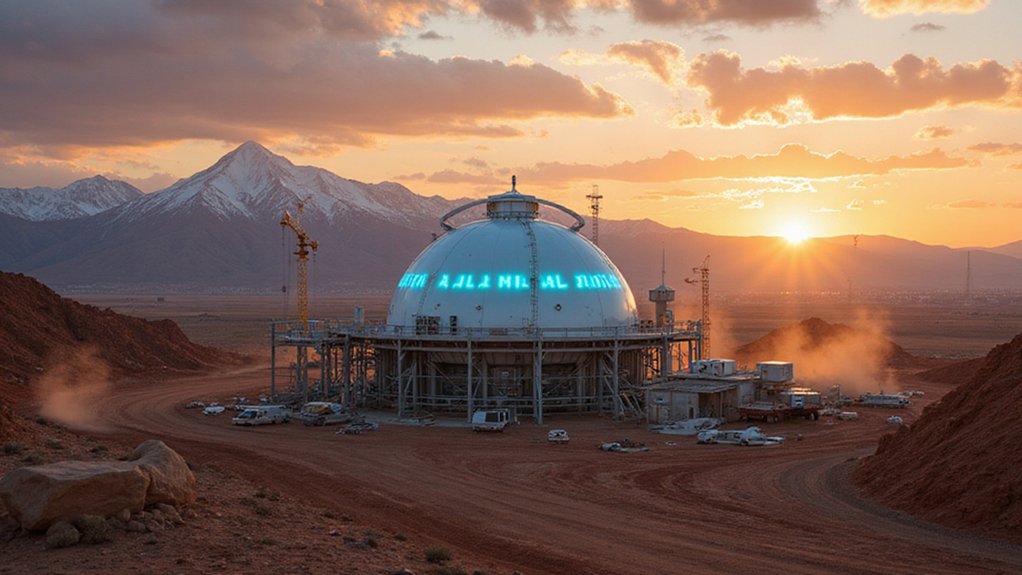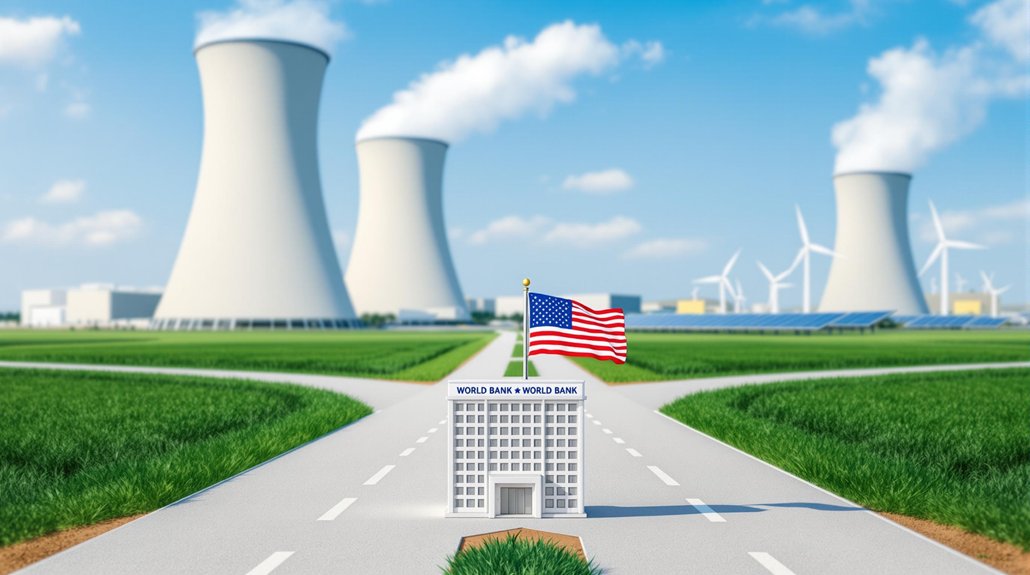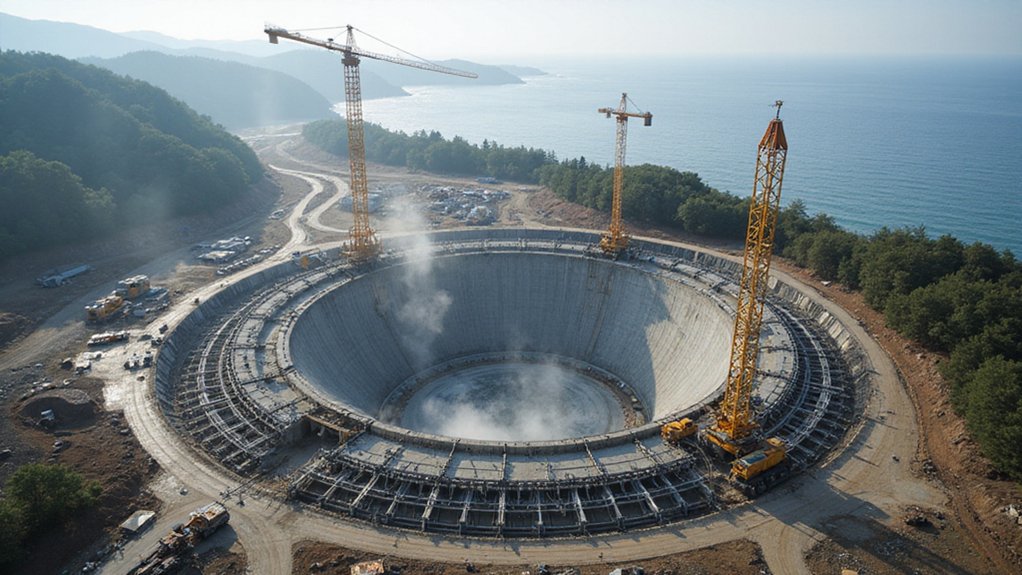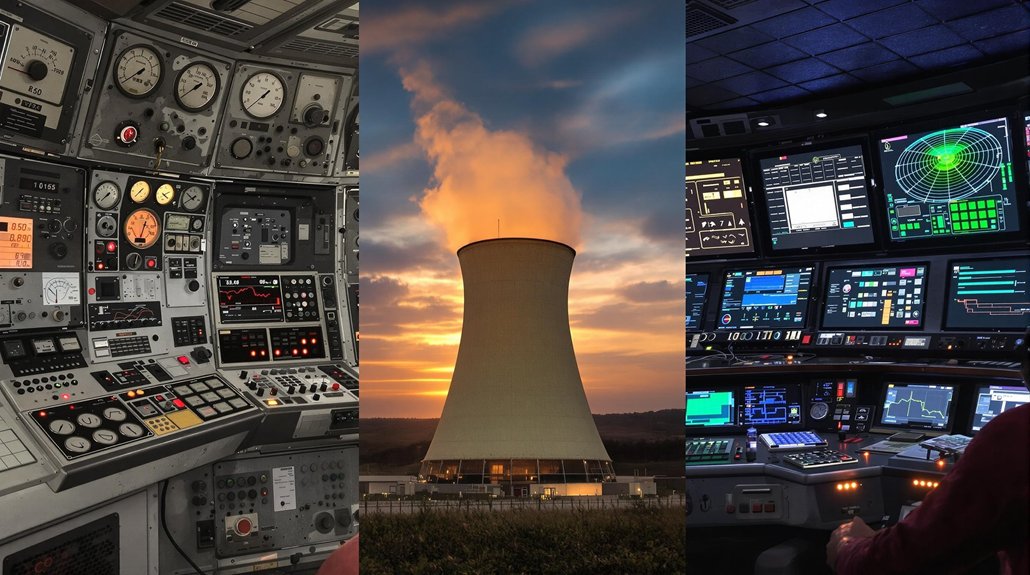Utah wants a nuclear reactor. Not just any reactor—they want it operational by July 2, 2026. That’s faster than competitors who’ve been at this game longer. The state doesn’t even generate nuclear power right now, but Governor Cox is pushing hard with Operation Gigawatt, his plan to double energy production.
The timeline is aggressive. While TerraPower waits for NRC decisions that won’t come until 2026, and Kairos Power slowly builds test facilities in Tennessee, Utah is sprinting. Even Abilene Christian University, which got their permit approved in September 2024, might not finish until late 2026. Utah’s reactor won’t produce commercial energy—it’s for research. But still, they’re moving fast. A May 2025 Public Utilities meeting revealed streamlined regulatory processes could accelerate these nuclear timelines even further.
Cox isn’t mincing words about energy politics. “If you’re an environmentalist and you’re not pro-nuclear, I can’t take you seriously,” he said. Subtle. He’s betting on nuclear and geothermal instead of expanding wind and solar, which currently makes up 11% of Utah’s generation mix. Coal and natural gas still dominate the state’s electricity production. The slow adoption of renewables reflects some of the same grid limitations that challenge clean energy expansion nationwide.
The governor backed his words with money. His December 5 budget proposal included nuclear energy funding for fiscal year 2026. The goal? Kickstart a nuclear industry in Utah while boosting geothermal resources.
Meanwhile, uranium mining just resumed at two eastern Utah sites after basically sitting dormant for ten years. The state has the nation’s only operating uranium ore processing mill. Convenient.
Not everyone’s happy with nuclear regulations. Texas, Utah, and Last Energy sued the Nuclear Regulatory Commission, claiming their rules make building commercial reactors “virtually impossible.” They’re not wrong—only three commercial nuclear reactors have been built in the U.S. in 28 years. The lawsuit targets a 69-year-old NRC rule. Pre-application processes alone can take years. The plaintiffs want Last Energy’s 20-MW reactor exempted from the NRC’s definition of nuclear “utilization facilities.”
Utah’s nuclear ambitions clash with federal solar plans. The Bureau of Land Management wants to expand solar deployments across 31 million acres of Western public lands. Utah’s going the opposite direction.
While other states debate renewable percentages, Utah’s racing to get nuclear operational before anyone else. July 2, 2026. Mark your calendar.
References
- https://www.utilitydive.com/news/texas-utah-last-energy-nrc-overburdensome-microreactor-nuclear-regulation/736545/
- https://www.citizenportal.ai/articles/3427385/Utah/Utahs-Oil-and-Gas-Division-focuses-on-permit-reform-and-modernization-for-2026
- https://www.spglobal.com/commodity-insights/en/news-research/latest-news/electric-power/121024-utah-governors-budget-supports-nuclear-power-over-solar-to-double-energy-production
- https://kmyu.tv/news/politics/utahs-new-advanced-nuclear-reactor-for-research-wont-produce-energy
- https://cockrell.utexas.edu/news/archive/10180-nuclear-energy-is-having-a-moment-again








